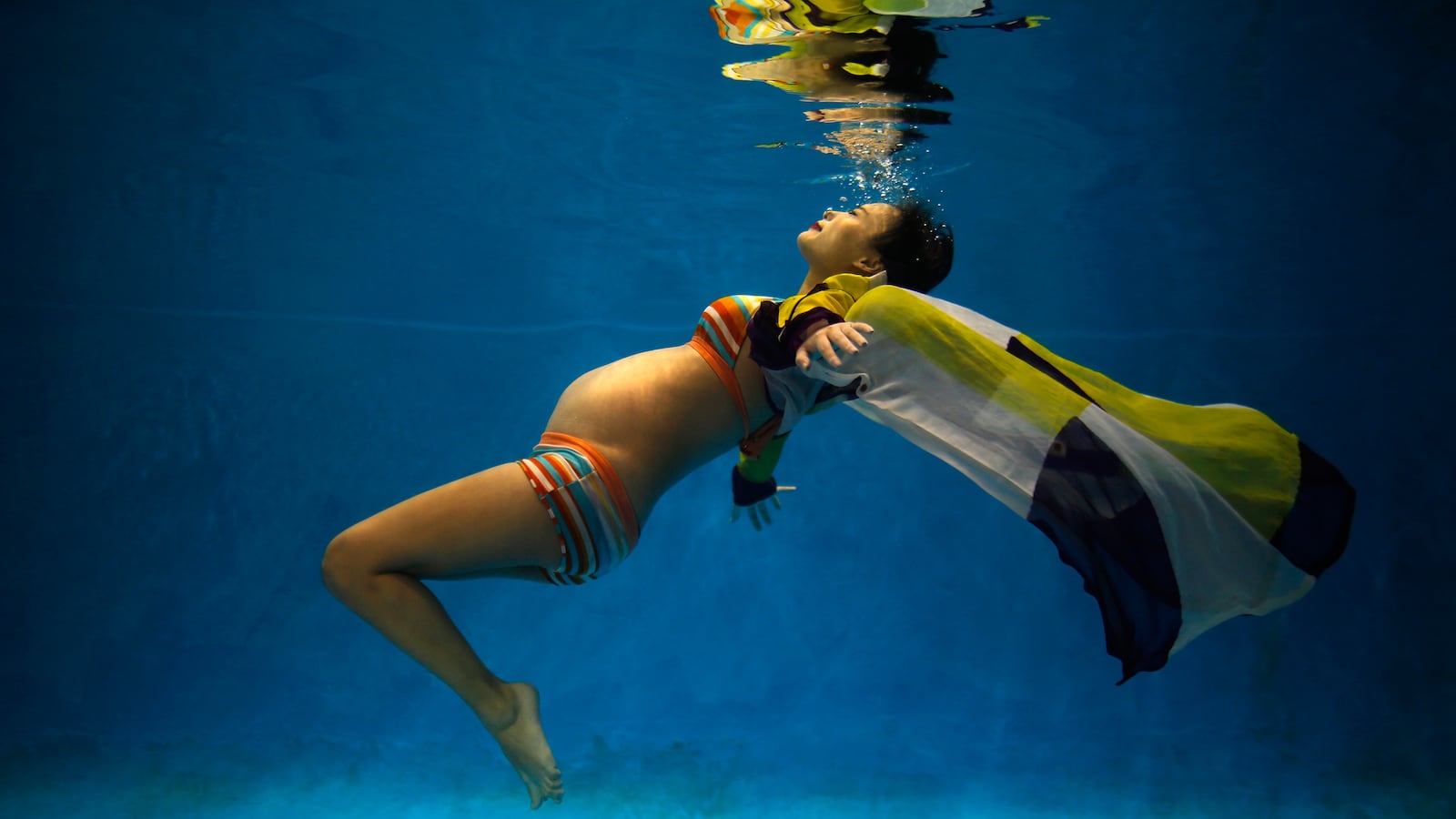In January of this year, a newborn just 25 days old died in a Texas hospital, likely the very place his parents had hoped to avoid.
The parents had chosen to give birth at home, with a certified professional midwife attending. All the signs seemed positive: The mother’s pregnancy had been healthy, she had gone into labor on her own, and there were no complications during labor or delivery, which both took place in a recreational-grade, collapsible tub that was filled with water from a private well.
Within six days, however, the infant was admitted to a pediatric hospital with diarrhea, bluish skin, and respiratory failure. The details of the baby’s death were published in the Centers for Disease Control and Prevention journal Emerging Infectious Diseases.
The child’s death was ruled a result of Legionnaires’ disease, an infection that the baby almost certainly contracted from bacteria in the birthing pool, leading health professionals to raise the alarm about water births, an increasingly popular manner of labor and delivery.
Legionnaires’ disease—a severe pneumonia caused by the inhalation of Legionella bacteria from contaminated water—is extremely rare in children so young. Though as many as 18,000 people are hospitalized with Legionnaires’ disease in the U.S. annually, not a single case out of Texas’ 763 confirmed or probable infections in the last five years were as young as the child who died.
The most recent case of infant Legionnaires’ disease came out of the U.K. this summer, and is the only instance in the country’s history attributable to a water birth. The National Health Service and Public Health England responded by banning certain recirculating heated pools, similar to the one used in Texas. Other cases were reported in the 1990s in Italy and Belgium.
A Texas health department investigation following the baby’s death found “a gap in the standardization and implementation of infection-control practices for midwives during home water births.” The tub used in the birth was not approved for medical use and is difficult to disinfect. The water that the baby was born into had been sitting at body temperature in the pool for two days at the time of birth, and the water treatment meant to disinfect the pool hadn’t been approved by the FDA. Finally, the midwifery center didn’t have any written procedures in place for water births.
Water births have grown more popular since their introduction in the West Coast in the 1970s, when women first began looking for alternative ways to birth. Russia’s Igor Charkovsky pioneered water birth and infant swimming as a way to make stronger, tougher babies. Then French obstetricians advocated that the method would reduce pain and create a birthing environment free of stress.
In general, research has shown water births, when properly monitored by health professionals, can be an effective way to manage pain and reduce the use of epidurals while having no adverse effects for mother or baby.
Quality health care seems to be the key.
The biggest lesson from the Texas family’s tragedy, the authors note, is to make sure both parents-to-be and midwives who attend to them during water births are knowledgeable on basic safety procedures. The report’s authors suggest greater infection-control education, client awareness, and a standardization of cleaning procedures in midwife facilities.






